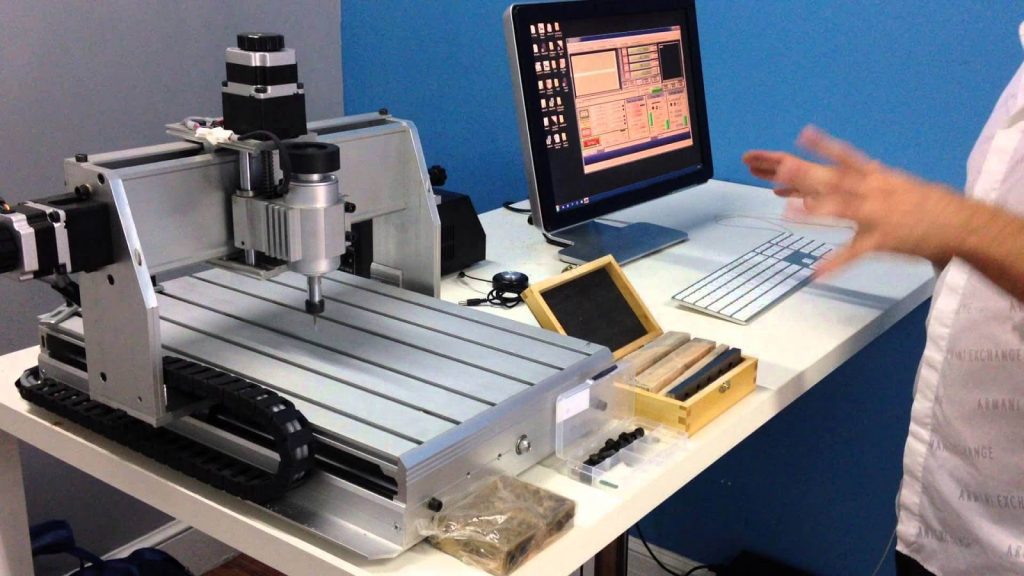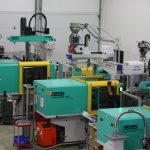A Riveting machine is a piece of factory equipment that uses rivets to fasten materials together. It can be powered by electrical, pneumatic or hydraulic cylinders.
There are many different styles of riveting machines, including impact and orbital riveting machines. Some machines require manual guidance while others use a feed track and hopper to set the rivets automatically.
Cost
Welding, also known as fusion welding, is a manufacturing process that uses high heat and pressure to join parts together. It is used to make products that require rigidity and strength, such as automotive components. However, it can be expensive and requires specialized equipment.
Riveting is a fast and economical way to connect two sheet metal parts. It involves drilling a hole in the parts to be joined and then installing a rivet. The rivet expands as it is hammered down, forming a flat tail on the bottom of the part. The rivet is then hammered down again to deform it further and seal the joint.
A Riveting machine is a custom machine designed to accommodate a specific riveting process. It can be integrated into a robotic cell, making it more efficient than manual riveting. Moreover, the machines are equipped with poke yokes and part validation built in to verify the quality of the riveting process. Henrob and Bollhoff both offer process monitoring systems for their electric servo riveting machinery.
Safety
A riveting machine is a small, robust machine that is used in manufacturing to join metal parts. It can be used to repair and assemble clothing, housing equipment, electronic components, and more. It can also be used to fasten automotive and aerospace parts. This process is safe, as it does not produce heat or sparks. It is also relatively quiet. However, it is important to use caution when operating this machine, as it can trap fingers between the tool and rivet head.
A safety probe is an effective way to reduce these risks. It is a simple device that can be easily installed on any riveting machine and reduces accidents in the factory. Orbitform’s safety probes feature ridged double guided rods actuated via gravity drop and pneumatic return. They also incorporate an improved safety circuit that uses standard industrial safety relays.
The riveting process generates some vibration and noise, but it is less hazardous than resistance spot welding or other component assembly methods. Riveting is a moderately quiet process, and the feed force can be monitored. Each bucking bar operator underwent a familiarization period to become familiar with the simulated riveting cycle/vibration and the feed force monitoring system.
Performance
A rivet machine can be used for a wide variety of applications. It can be used to assemble products that are made of different materials, including metals and plastics. It can also be used to join two pieces of metal together without the use of welding equipment. This process is quick and easy and can be used to create a strong and durable joint.
Manufacturers often choose impact riveting because it can fasten a variety of different shapes and sizes of semi-tubular rivets. It is also used in the construction of many homes and vehicles. For example, a snow shovel manufacturer uses a pneumatic riveting machine to attach metal brackets to the bottom of each of its shovels. The machines can be equipped with multiple rivet heads to increase productivity and save money.
NRM’s custom impact riveting machines typically include a force sensor and inspection cameras to confirm the riveting process is successful. They may also feature a poke yoke that detects no interference between the ram and the part before the ram reaches the anvil to clinch the rivet.
Maintenance
When a riveting machine is used to fasten two pieces of metal together, the resulting bond is strong and durable. However, the machine must be properly maintained in order to function well and reduce downtime. It is important to inspect the machine on a regular basis and clean it regularly. This will help to prevent the machine from clogging up and damage its critical parts.
Riveting machines come in a variety of configurations, including compression, non-impact, and impact riveting. Each type of machine has its own set of advantages and disadvantages, but they all use heat to fasten materials together.
One of the most common problems with a Riveting machine is the presence of excessive metal shavings. These particles can cause the machine to jam up and reduce production speed. To avoid this problem, you should clean the machine with a detergent and a soft cloth. Also, make sure that you lubricate the key components of the machine regularly.



